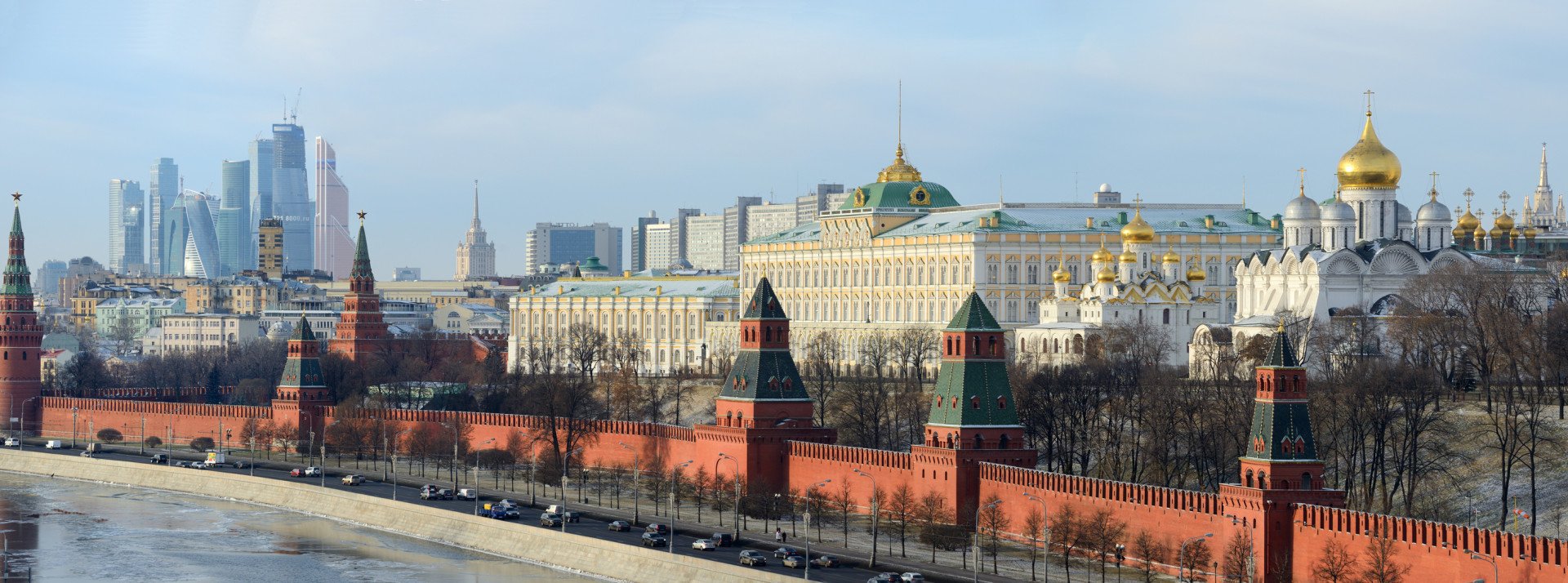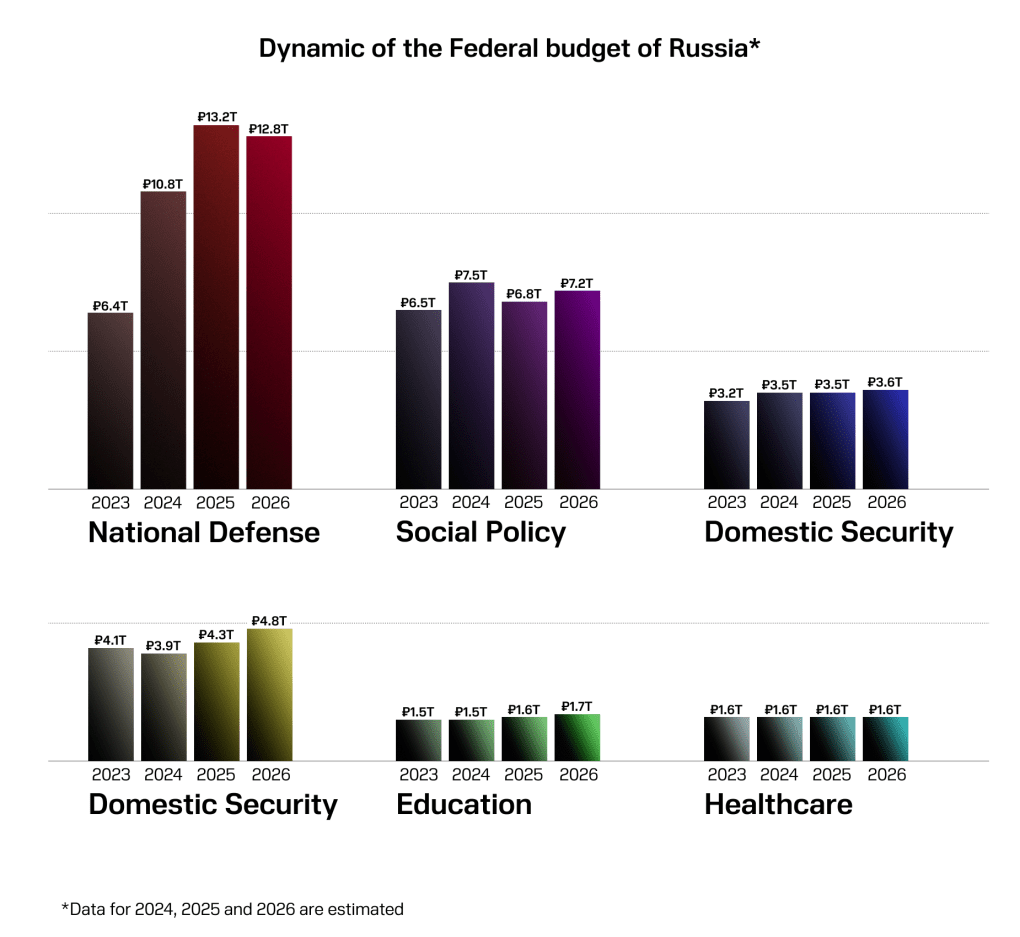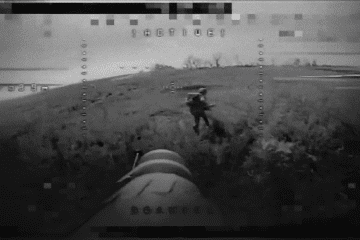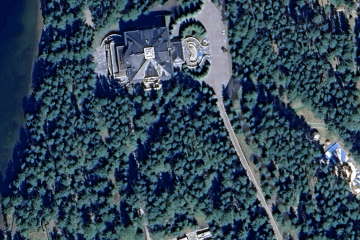- Category
- War in Ukraine
Russia’s War Budget Soars to Record $142 Billion for 2025

Russia is all-in on its war economy, boosting its military budget by a staggering $29 billion for 2025, showing no signs of slowing down until at least 2027.
The new budget proposal reflects a 25% increase in defense spending, signaling Russia’s commitment to fueling its war in Ukraine. To fund this surge, Moscow is relying on high oil prices, increased taxes, and cuts to other sectors, even as its overheated economy barrels toward deeper trouble—problems the Kremlin appears willing to overlook.
Record spending for 2025
In 2025, Russia is set to hit record-breaking military spending, reflecting its determination to continue the so-called “special military operation.”
The budget proposal earmarks $142 billion (13.2 trillion rubles) for 2025 defense spending.
This accounts for roughly 40% of the total 2025 budget (40 trillion rubles / $417 billion) or 6.2% of GDP.
By contrast, Russia officially allocated $112 billion (10.2 trillion rubles) or 6% of GDP to defense in 2024.
For comparison, NATO countries aim for just 2% of GDP in defense spending.
Experts warn that Russia is shifting its budget entirely to a wartime economy, with up to half of its national funds now directed toward military spending. This massive allocation echoes Soviet-era priorities, where tanks, planes, and missiles took precedence over the needs of its citizens.
Russia’s high war spending is expected to persist in 2026 and 2027.
In 2026, expenditures will amount to $130 billion (12.8 trillion rubles) or 5.6% of GDP, and in 2027, they will be 5.1% of GDP.
Last year, speculation suggested that Russia might scale back its defense spending in 2025, aiming for $89 billion (8.5 trillion rubles). Instead, Russia boosted its war budget by 25%.
Where is the money going?
The budget increase is necessary for Russia to cover all aspects of waging war in Ukraine.
• Recruitment: Bringing more people into the army is becoming increasingly costly. One-time payments can reach $20,000, while salaries range from $2,000 to $5,000. All soldiers must be clothed and equipped, while Putin continues to expand the army’s size.
• Payouts: Russia is suffering significant military losses, with record casualties in the past six months—up to 1,000 Russian soldiers may die each day. Payouts to families of the deceased can range from $50,000 to $150,000.
• Equipment: About one-third of the defense budget goes toward repairing, manufacturing, and purchasing weapons. With stockpiles dwindling and aging equipment running out, Russia is compelled to invest heavily in producing new military hardware. Sanctions and limited access to critical components and precision machinery complicate this effort. Having built few new factories in recent years, Russia now faces the need for significant investments to boost production. Since the defense sector cannot attract private investment, the state budget covers all costs.
• Ammunition procurement: Russia is spending money to buy ammunition from North Korea and is actively trading with Iran for military equipment, including paying for the licensing to manufacture Shahed drones.
Where is the funding coming from?
Russia is looking everywhere for money, primarily by cutting other budgetary expenses. Since 2023, Russia has been spending more on the war than on the social sector. Over the past three years, social spending has totaled less than $100 billion (around 10 trillion rubles).
More is spent on the military, security forces, and the war than on education, healthcare, social policy, and the national economy combined. In 2025, this gap could widen by over 50%, underscoring how Russia’s entire economy is being driven by its war efforts.

But that’s not all. Russia continues to raise taxes on businesses within the country and search for other ways to fill its coffers. The war is beneficial to the overall economy, serving as a powerful stimulus for sectors beyond defense, according to some Kremlin officials. This could generate an additional tens of billions of dollars, although it may lead to severe problems for the overheated economy in the future.
Oil and gas remain critical revenue streams for Russia, contributing up to a third or even half of the national budget. After more than two years of war, Russian oil and gas continue to play a key role in global markets, effectively bankrolling the war effort. The complex situation in the Middle East only pushes oil prices higher, enabling Russia to profit even more, which the country is exploiting.
How can this be stopped? Tougher sanctions and stricter enforcement are the only ways to halt Russia’s war efforts. With a limited budget and unsustainable expansion, the focus must be on making the war so costly and difficult that Russia can no longer afford to wage it.
-29a1a43aba23f9bb779a1ac8b98d2121.jpeg)

-f88628fa403b11af0b72ec7b062ce954.jpeg)
-b63fc610dd4af1b737643522d6baf184.jpg)



-24deccd511006ba79cfc4d798c6c2ef5.jpeg)